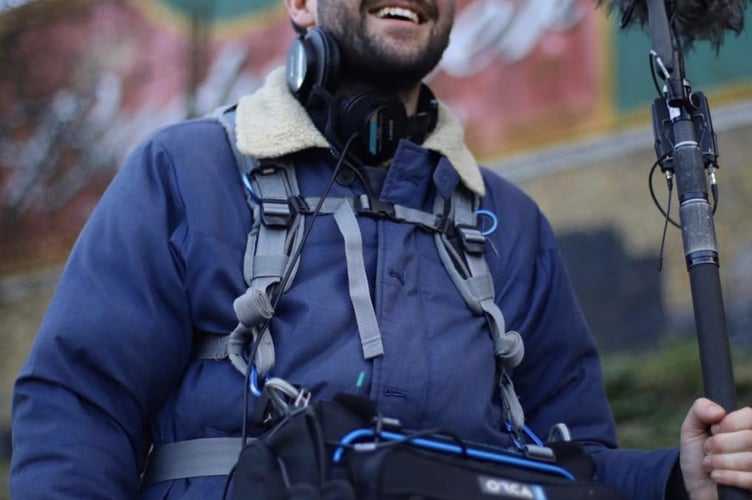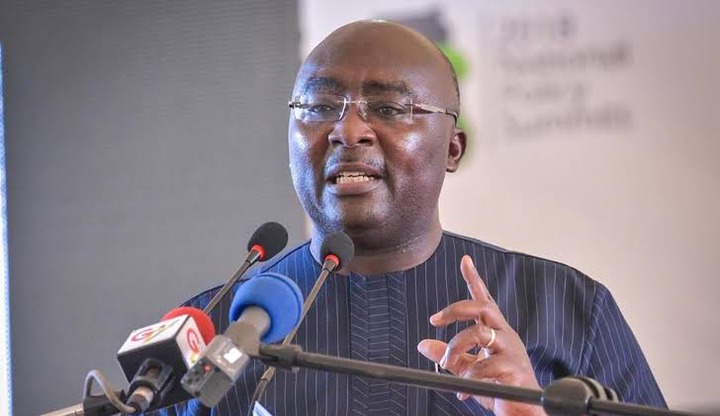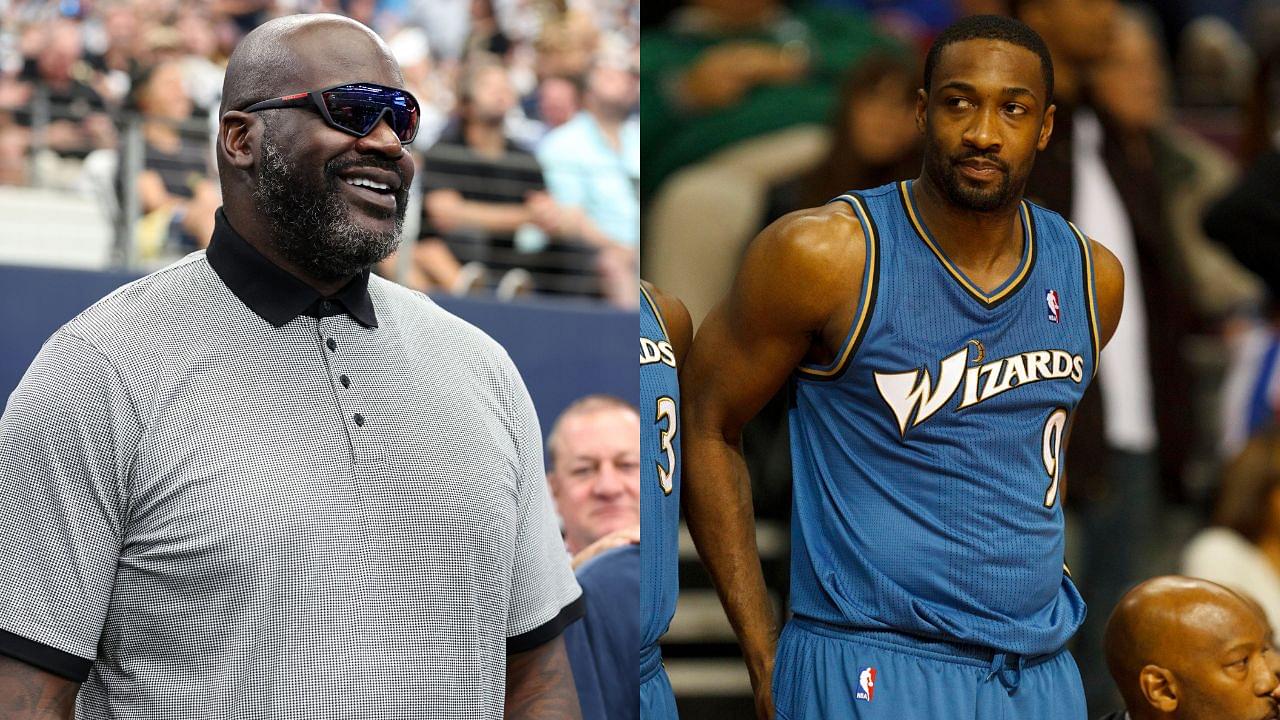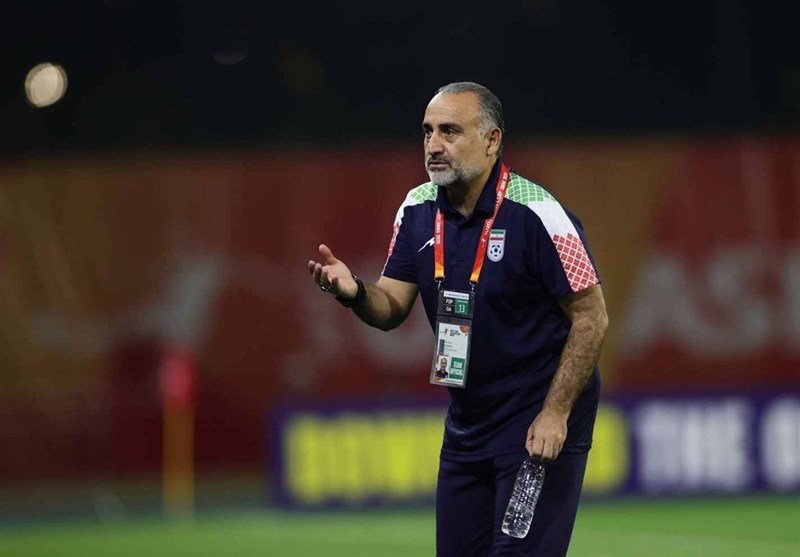
The Hundred could introduce an IPL-style open auction next year with the new investors who have bought stakes in the eight franchises pushing for unlimited budgets to attract the best players in the world. Under the existing regulations the Hundred Player Draft operates on the basis of franchises taking turns to pick players at a number of set salary levels controlled by the ECB , rather than entering an open bidding war. While the Hundred salary pot has increased by 25% this season, with the highest men’s contract worth £200,000 and the best-paid women earning £65,000, there is a strong feeling amongst the new owners that it is insufficient.
Jos Butler and Jofra Archer will both be paid more as individuals by their IPL teams this year than the entire playing budget of a men’s Hundred franchise. With a maximum budget of £1.17m for 15 players in the men’s competition the Hundred salary cap is less than half the highest individual IPL salary, with Rishbah Pant signed for £2.

54m by Lucknow Super Giants at last November’s mega auction in Saudi Arabia. A new shareholder committee featuring the chief executives of all eight franchises and representatives from the ECB will be set up to examine player salaries and other operational issues in the next few months. The first meetings are set to take place at the start of the domestic season, with a decision on the nature of next year’s player draft expected in September.
While there is no possibility of Hundred pay rising to IPL levels despite the wealth of new owners such as the Ambani family, who now own 49% of Oval Invincibles, and the Sillicon Valley investors who paid £145m to partner with the MCC at London Spirit, all the new investors agree that salaries should rise significantly. This year’s pay levels put the Hundred on a par with the Big Bash, although all those teams are owned by Cricket Australia who have strongly resisted private investment. The Hundred’s current limitations were demonstrated earlier this week when former England batter Alex Hales opted to sign more lucrative deals to play for LA Knight Riders in the United States’ Major League Cricket and Trinbago Knight Riders in the Caribbean Premier League this summer.
Steve Smith and Pat Cummins both chose MLC over the Hundred last year due to the higher salaries on offer, and while the competitions do not clash this summer, there is an overlap with the CLP. With no prospect of the Board of Control for Cricket in India relaxing their ban on India’s male players signing for overseas franchises, there is agreement that the quickest way to grow the competition is to increase playing budgets, with the introduction of an open auction emerging as a real possibility. The current Hundred Draft is a two-stage process, with franchises permitted to retain up to 10 players from their existing squads before making their selections, with last season’s bottom-placed team getting first pick and the champions choosing last.
Sign up to The Spin Subscribe to our cricket newsletter for our writers' thoughts on the biggest stories and a review of the week’s action after newsletter promotion Moving to an open auction could lead to a backlash from players’ union, the Professional Cricketers Association, due to fears that wage increases would disproportionately benefit overseas stars. The PCA accused the ECB of a “lack of respect” when this season’s salaries were announced in December due to an increase in the gender pay gap and a growing disparity between the highest and lowest pay bands..














